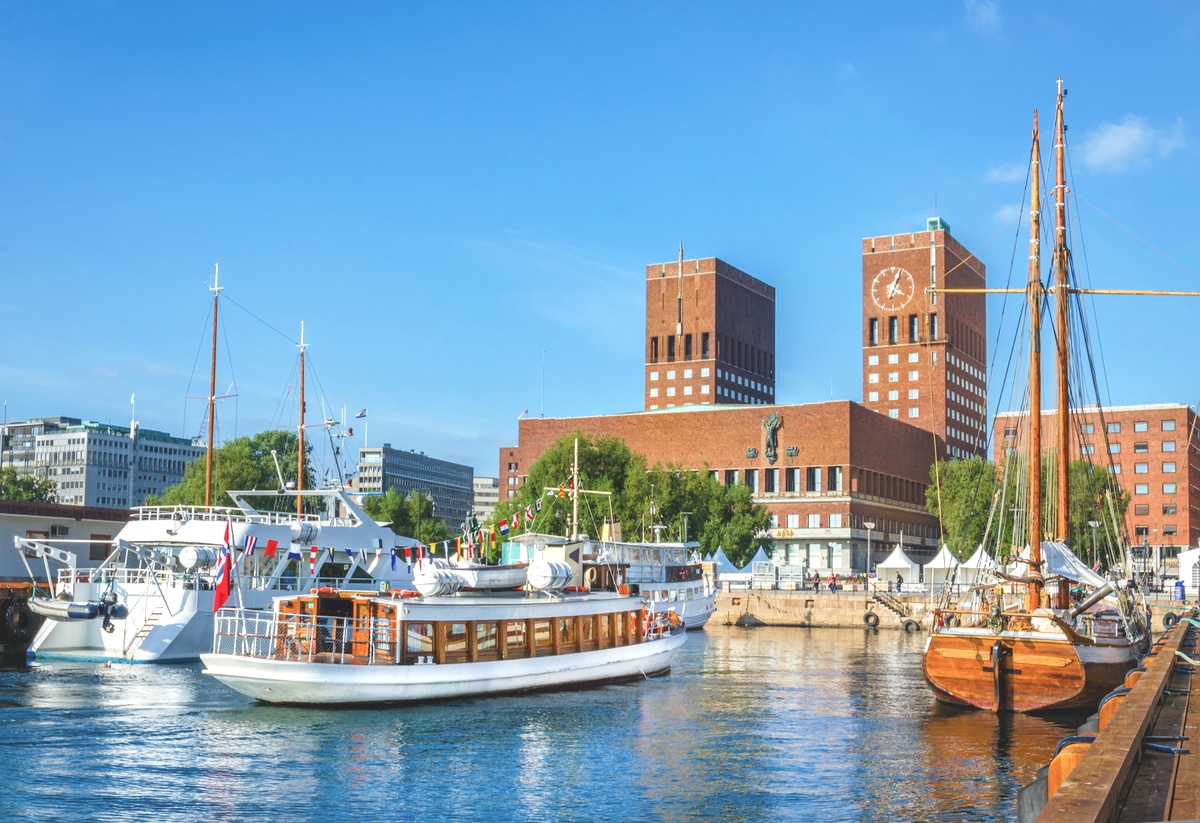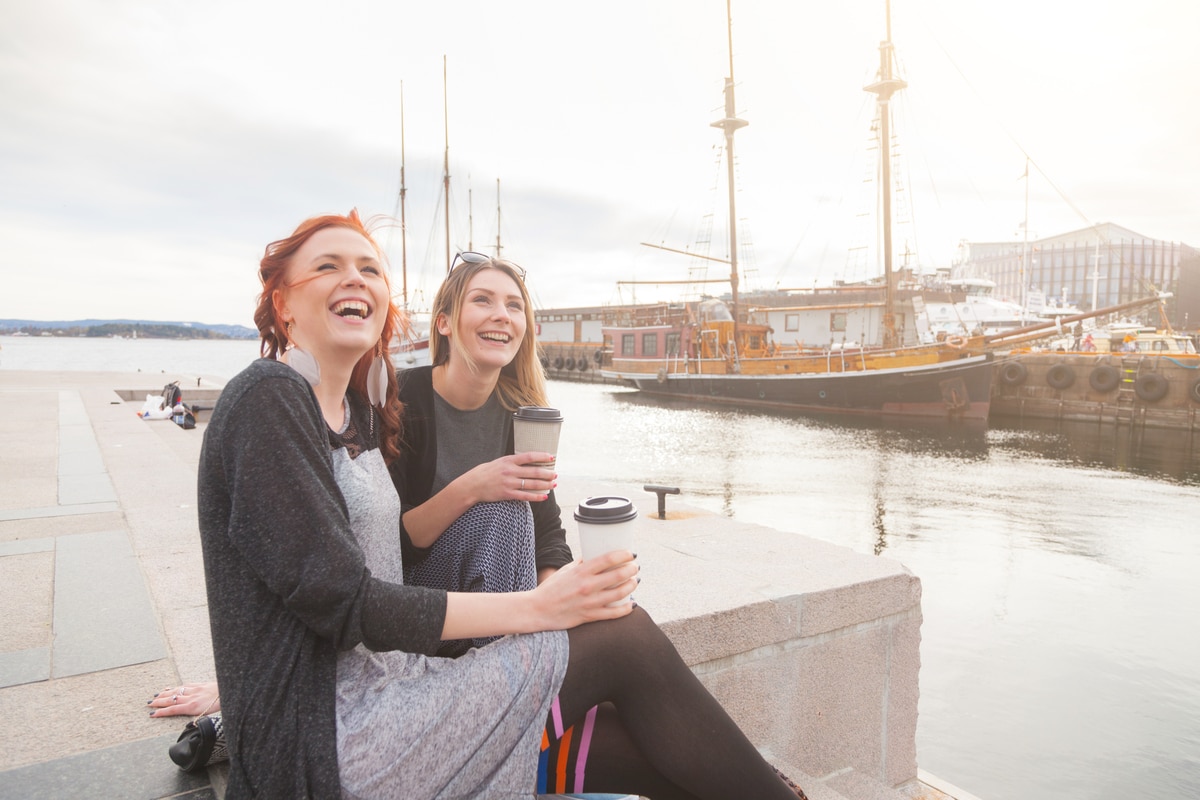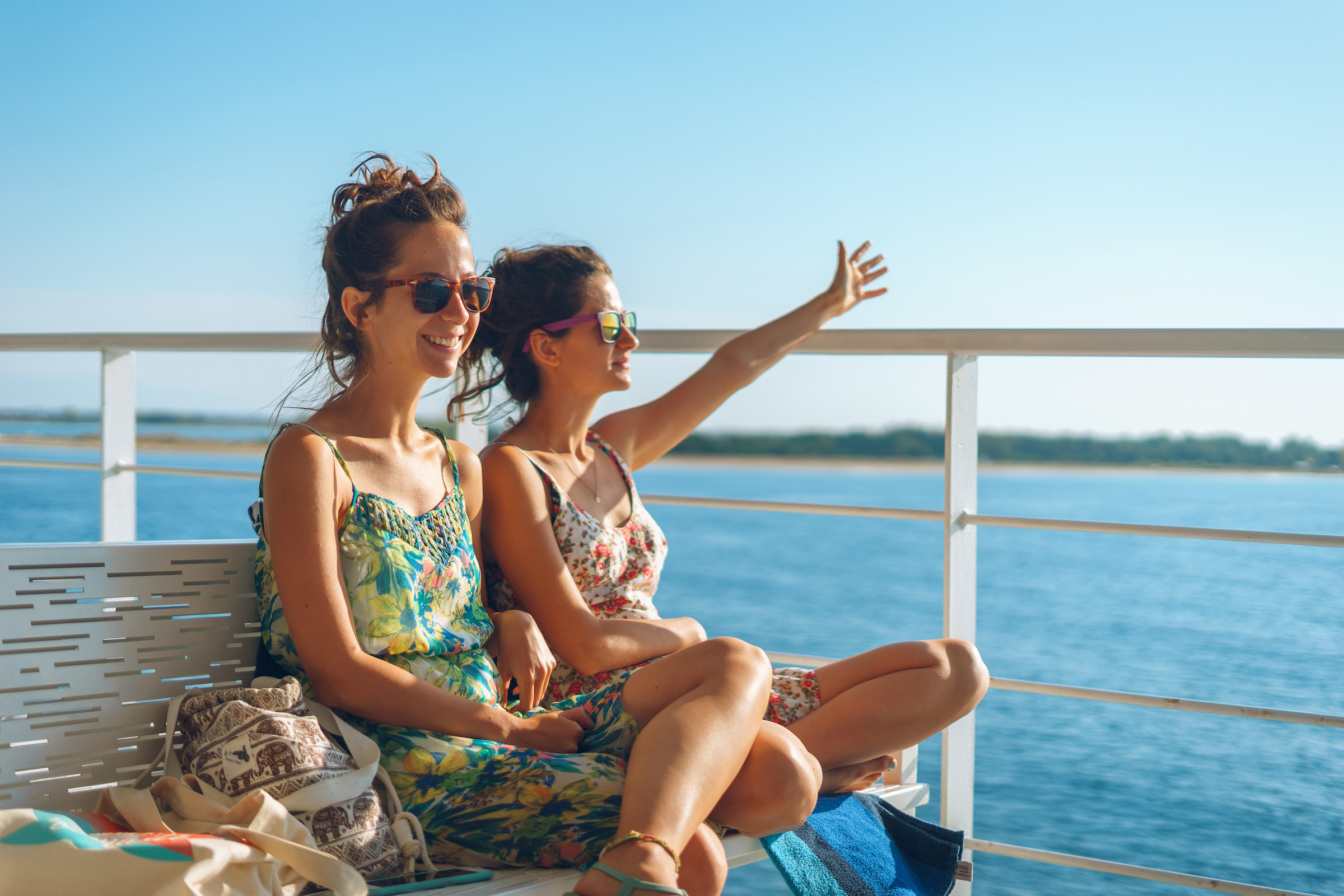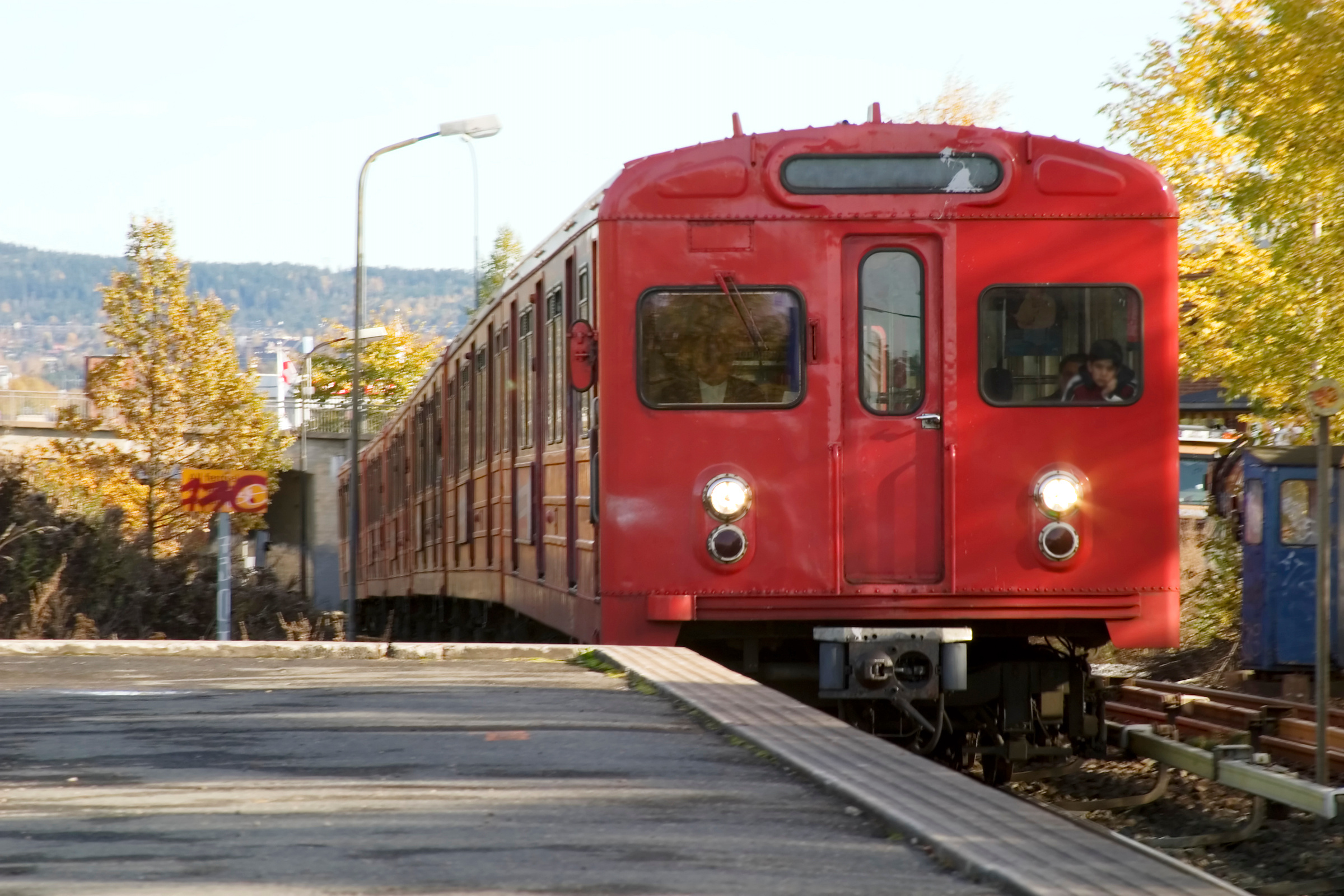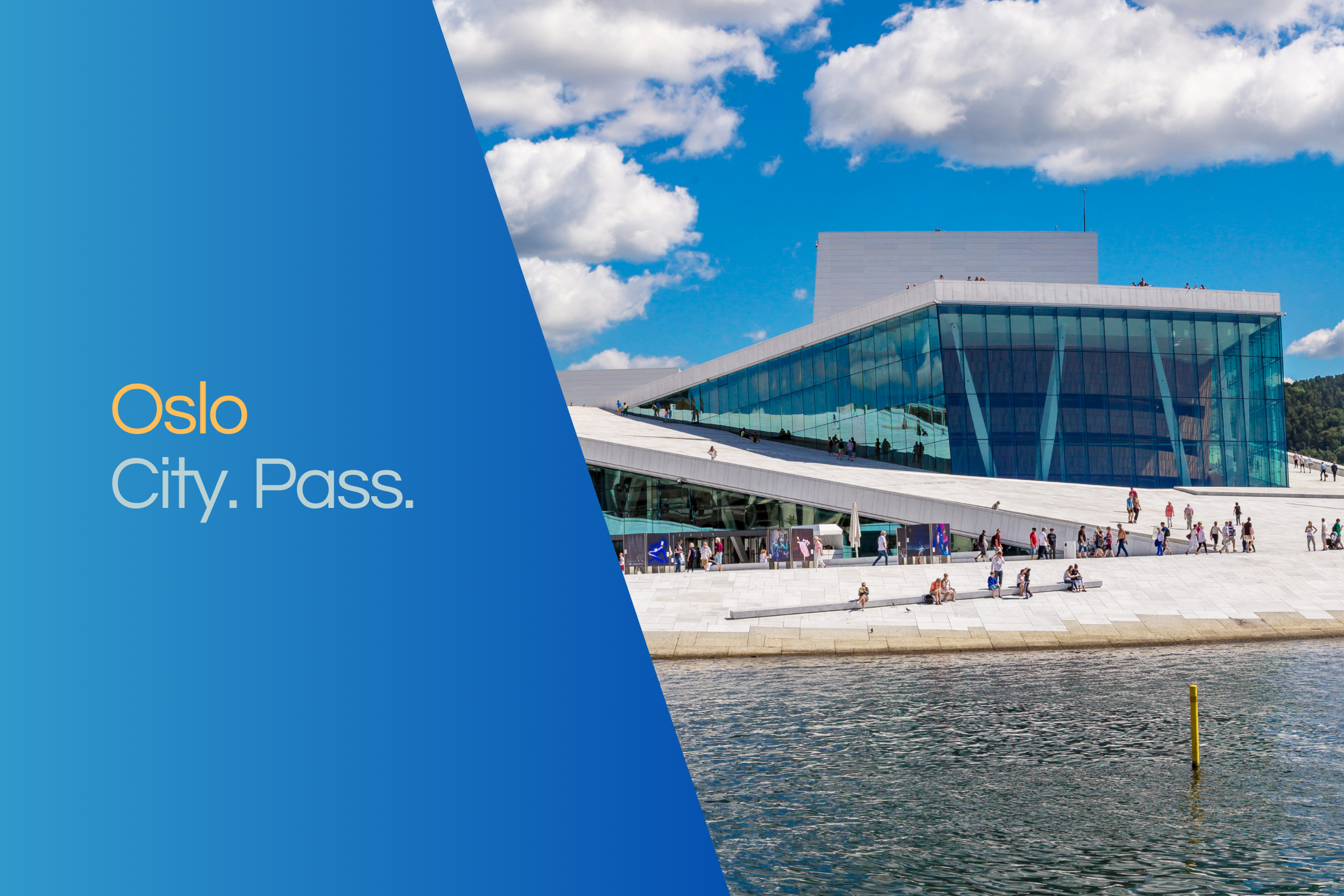Royal Castle in Oslo
The Royal Palace is located at the end of Karl Johans gate and fulfils several functions. In addition to its function as the king's residence, it is also used as a state representation place, administration place of the monarchy and as a guest house.
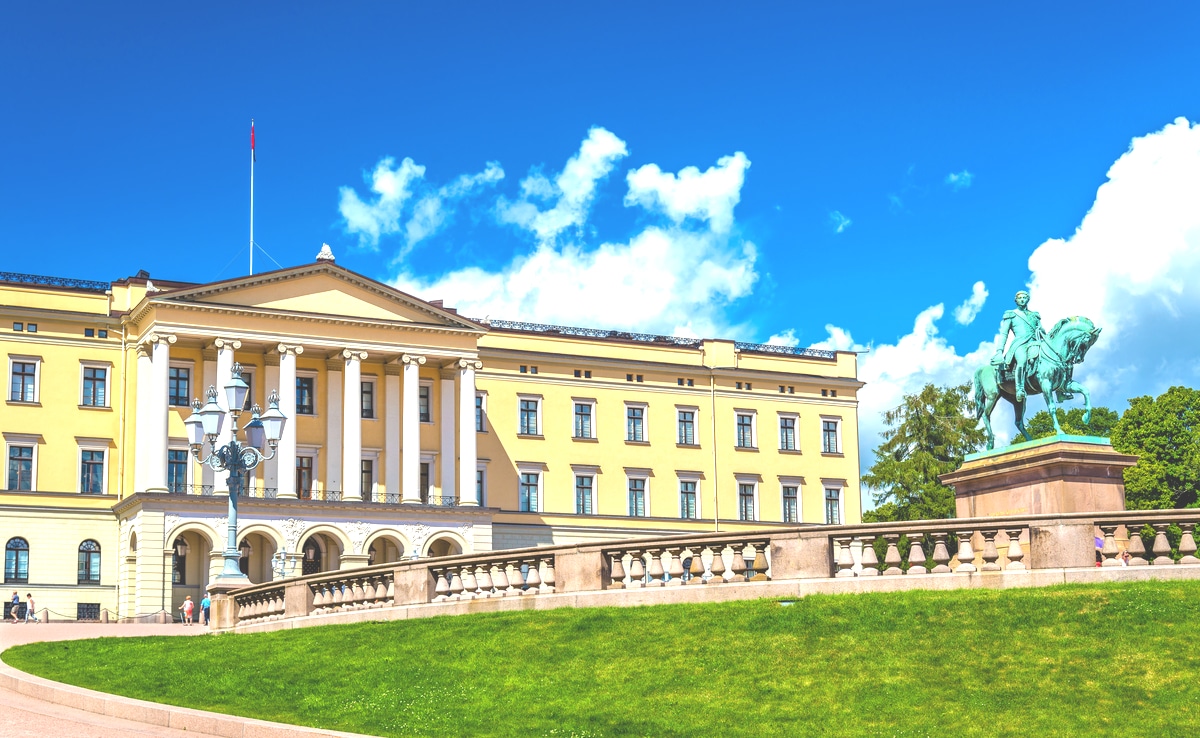
History of the castle
The reason for the construction of the castle was the union between Norway and Sweden, which was concluded in 1814, thus Christiania, today's Oslo, became the capital. The new constitution obliged the king, who actually lived in Stockholm, to reside in Oslo for a certain period of the year. However, the largest private house, the so-called Paléet, was not suitable as a royal residence, so that a castle had to be built.
In 1818 Charles III John became king of this union. He decided to have the castle built on the Bellvue hill west of the city. The architect was Hans Ditlev Franciscus von Linstow.
For the construction, which was begun on 01.10.1825, 150.000 Daler were available. In 1827 already 120.000 daler were used up and it would have needed 272.000 daler more to finish the building. The Storting opposed granting the funds before the next meeting was held in 1830. As a result, the architect changed the plans by painting the wings as well as the side front and adding another floor to the main house. This saved 100,000 thalers. In 1833, 30,000 daler each were granted for a period of three years. This meant that building work could be resumed in 1834. The topping-out ceremony took place on 1.10.1836.
In 1844, after Oscar I ascended the throne, the castle was extended, as it was too small for the family.
In 1905 the union with Sweden was dissolved by a referendum. It was decided to maintain the constitutional monarchy, which meant that the castle now became the permanent residence. Therefore, modernization works followed in 1906 and 1907, which included, for example, a modern heating system.
During the Second World War the castle became German headquarters and the royal family had to go into exile. The Prime Minister Vidkun Quisling, appointed by the Reich Commissioner Josef Terboven, therefore used the living room as an office.
After the end of the occupation, further renovations were necessary, as the castle was badly neglected during that time.
The castle today
After a general overhaul in the 1990s, the royal couple was able to move back into the castle in 2001. Today the family apartment is located on the 2nd floor of the southern main wing.
The original family apartment has been converted into offices for the court staff.
The main official rooms are the Mirror Salon, the Bird Room, the Daily Dining Room, the Grand Ballroom, the Grand Dining Room and the Small Banqueting Hall.
State guests can stay in the Haakon VII Suite or Dronning Toll Suite, while the Council of State meets once a week in a room on the ground floor.
The kitchen, canteen, supply rooms and other offices are located in the basement of the castle.
Surroundings of the castle
The castle is surrounded by an English landscape garden as the castle park. There are ponds and various vegetation in the park, and several statues of important Norwegian personalities can be seen there.
The castle square is horseshoe-shaped and was divided into an upper and a lower part by the erection of the equestrian statue in 1875 and with the help of a staircase.
The changing of the guard takes place here every day, which visitors can observe.
